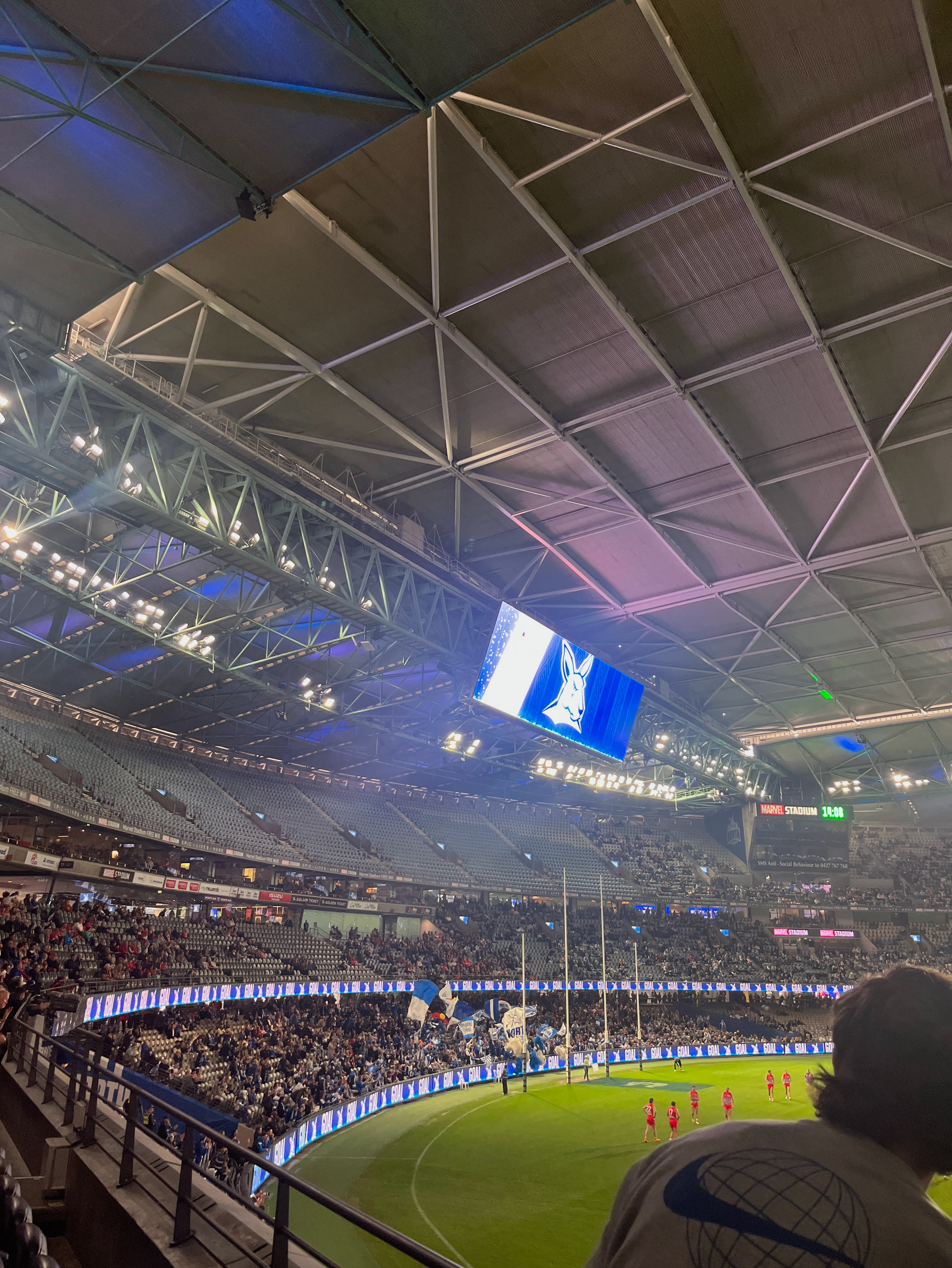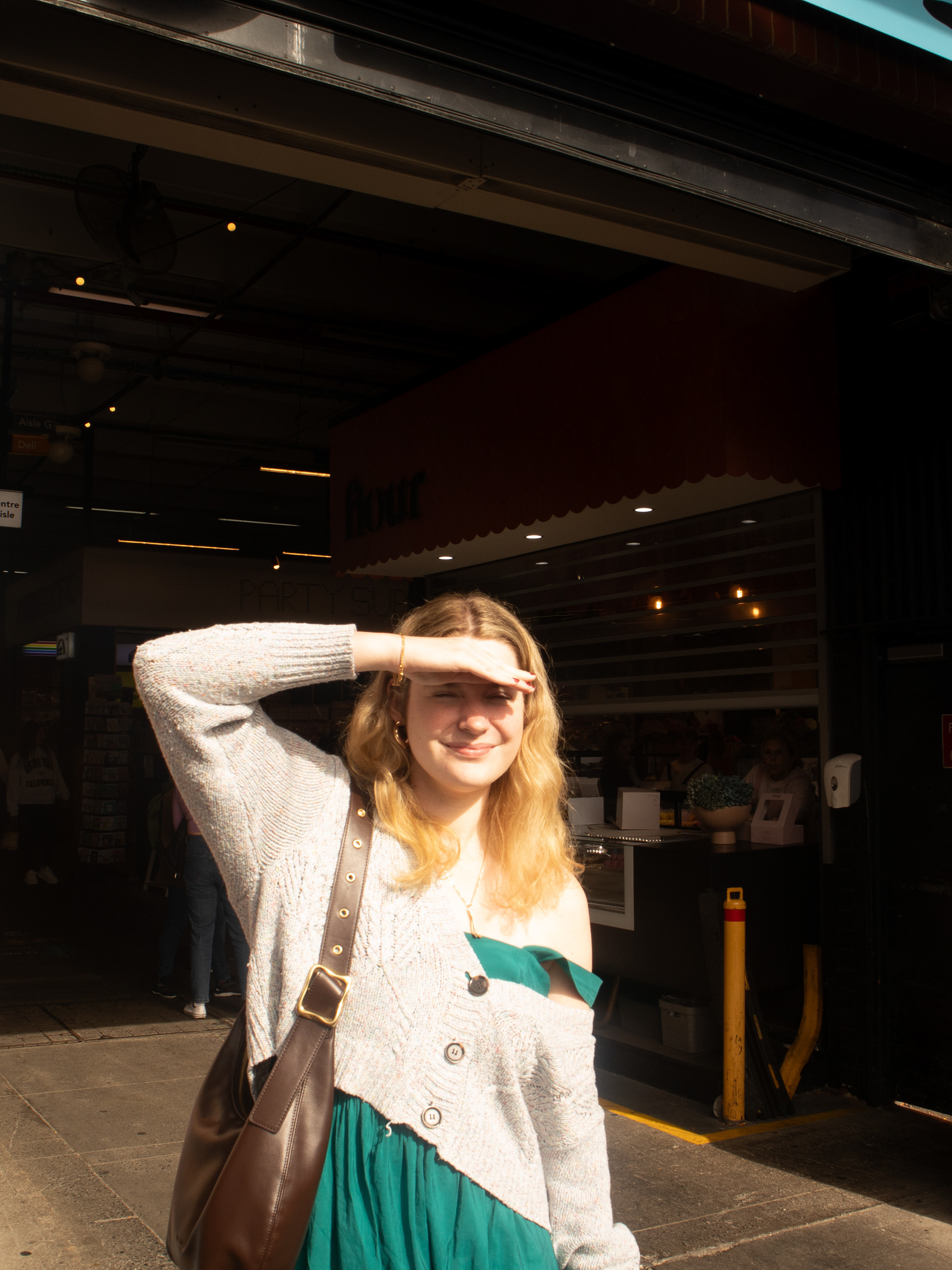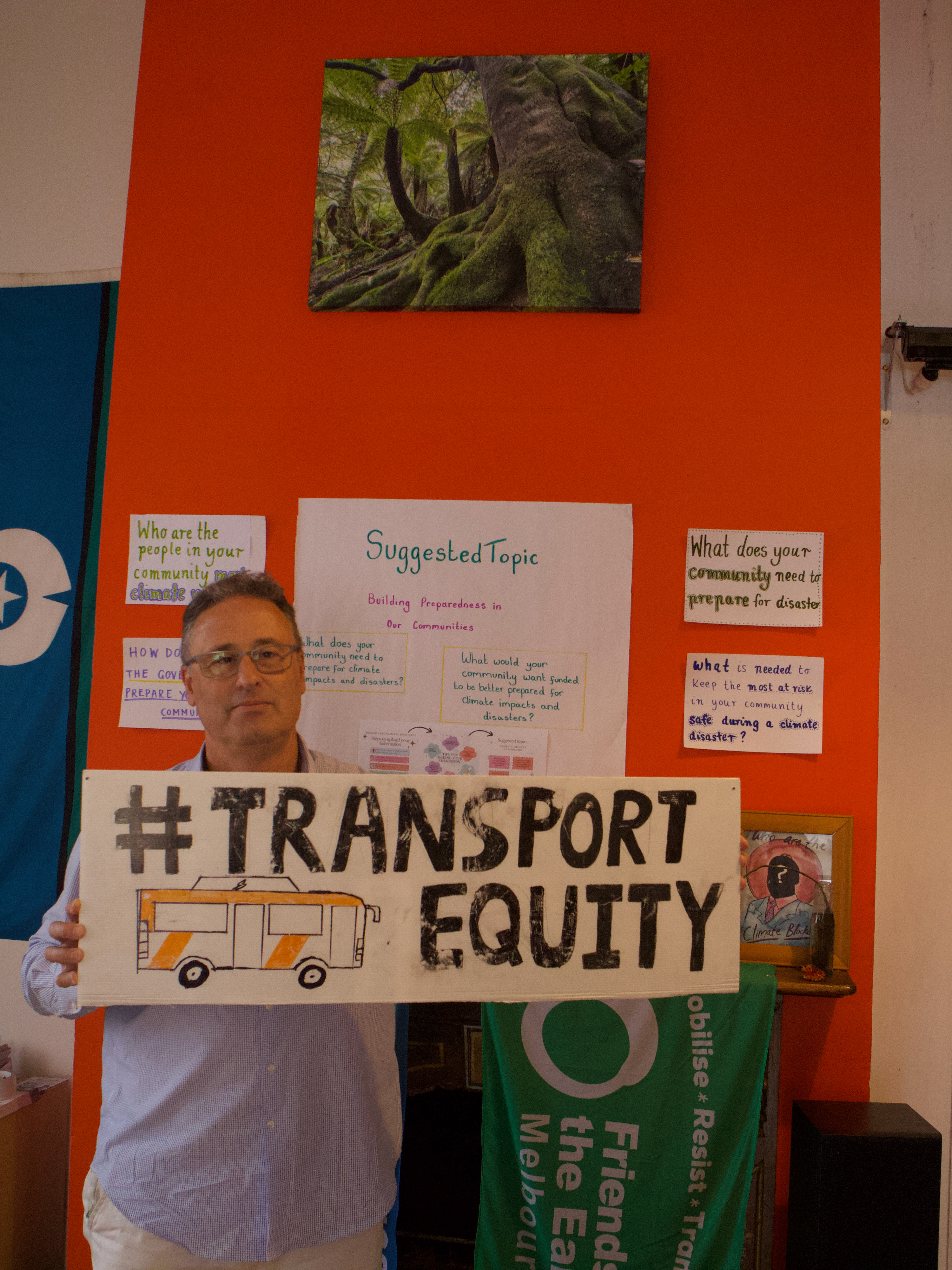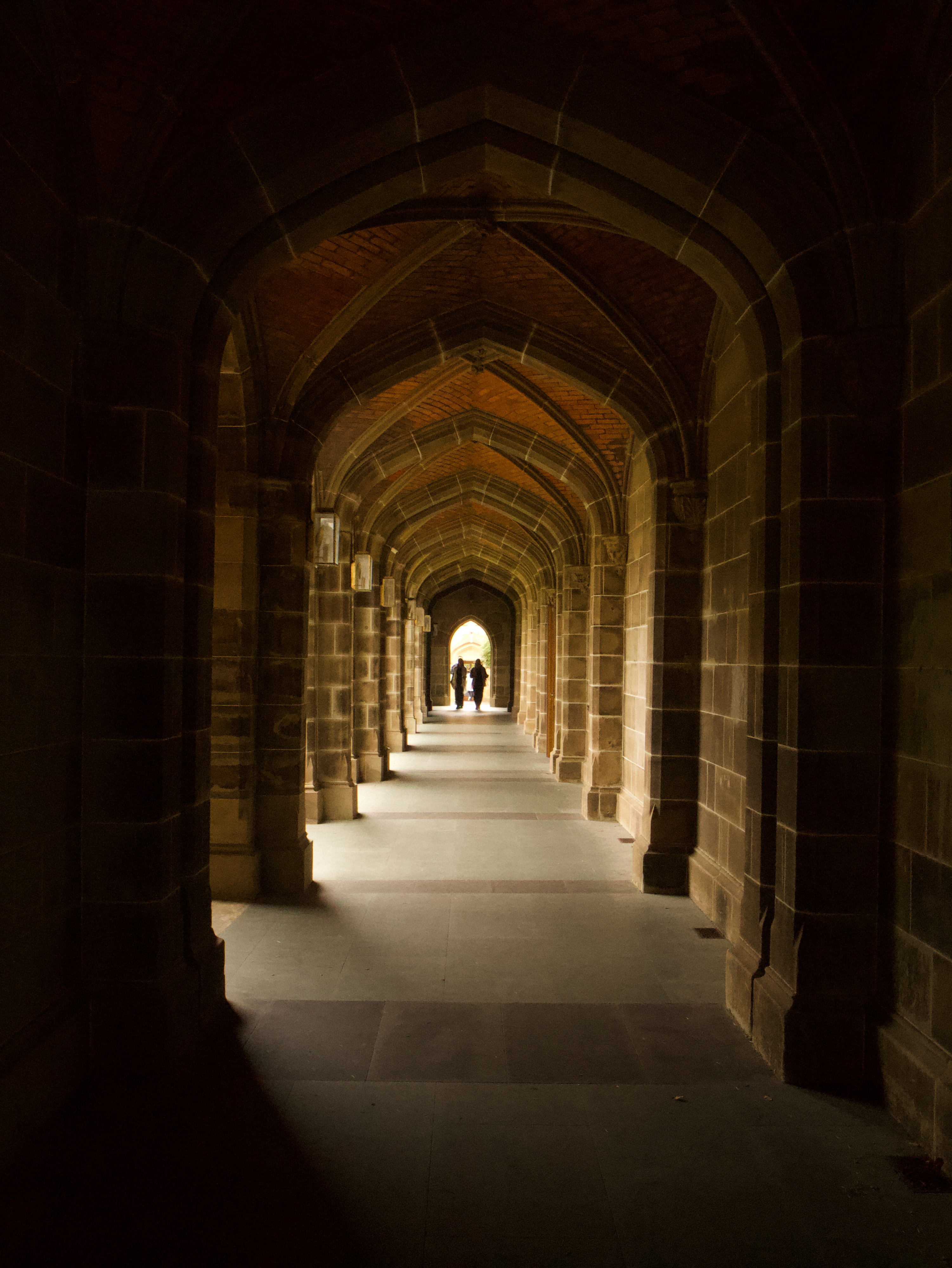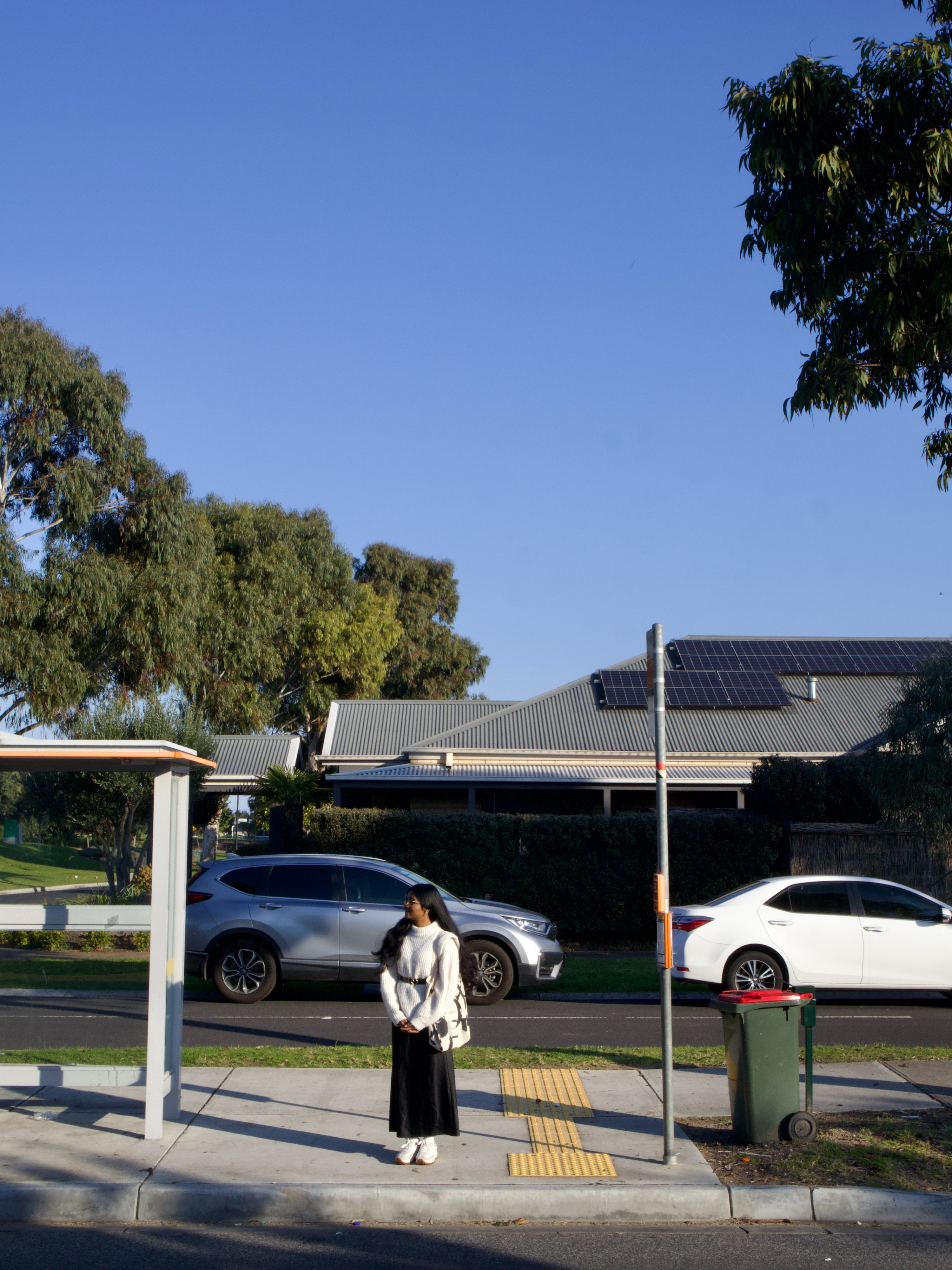As Australia records its third-hottest summer, Melbourne suffered from an especially muggy summer, partly due to the effects of global-warming, the Sydney Morning Herald reported. In response to rising temperatures, the City of Melbourne council (CoM), which governs the CBD and North Melbourne, has explored new sustainable urban planning practices to reduce the effects: ‘Green’ spaces.
No more complex than the name suggests, green spaces offer intermediate solutions to tackling the effects of climate change, experts say, through incorporating plant life and natural soil plots into new developments. But will they be enough?
The CoM, who claim to be a “global leader on climate action and sustainability” in their mission statement, have begun planning for green spaces in new public and private developments. One such development is the new Swanston Triangle.
Funded through the new “Pocket Parks” program, the last Future Melbourne Committee on the 9th of April saw the CoM finalise the plans for the prospective Swanston Triangle, on the corners of Victoria and Swanston Streets.
A deal was made with Yarra Trams and the Department of Planning and Transport to remove the tram tracks in the triangular parcel opposite Melbourne City Baths.
“We attempt to identify sites that are most in need of more green space”, said Ben Maltby, policy advisor to the Lord Mayor.
He says that identifying a potential new location for green space involves both how “accessible” the space is and how little green space exists there currently.
“It’s really pragmatic.”
The pocket park will have lawn space of 502 square metres with additional tree canopies and seating options for local residents to enjoy, according to the committee's report.
Professor Monzor Imtaez, the head of Urban Environmental Transport systems at Swinburne University, says that climate change is drastically affecting our everyday lives and that green spaces can work to reduce the effects, albeit slightly.
“Basically if you have green spaces, then you’ve got more water absorbed by the soil instead of that water going slowly into the groundwater and ocean,” he said.
“So by this way you are reducing the evaporation and pollution.”
Professor Monzur explains that green spaces soak up water and sunlight, reducing the load on heating services and drainage systems, which use power off the grid. He says that the public and developers need to look to implement more permanent changes to their decision making.
“You have to make compromises. For example, at Swinburne, there are plans for a rooftop garden. It helps in many ways, as your heating and cooling is reduced from the impact of the sun on the roof, as well as reducing water evaporation and how much drainage is required on the roof. You also are then left with natural shade and a better view and less power usage in the building.”
“In every aspect, sustainability practices can give you a lot.. It’s all small gains, small gains, small gains and on top of each other, they can amount to a lot.”

